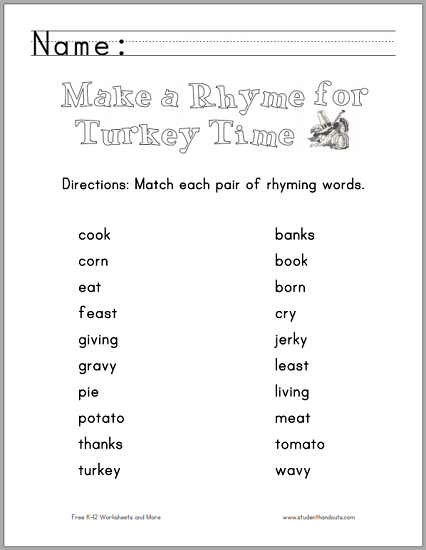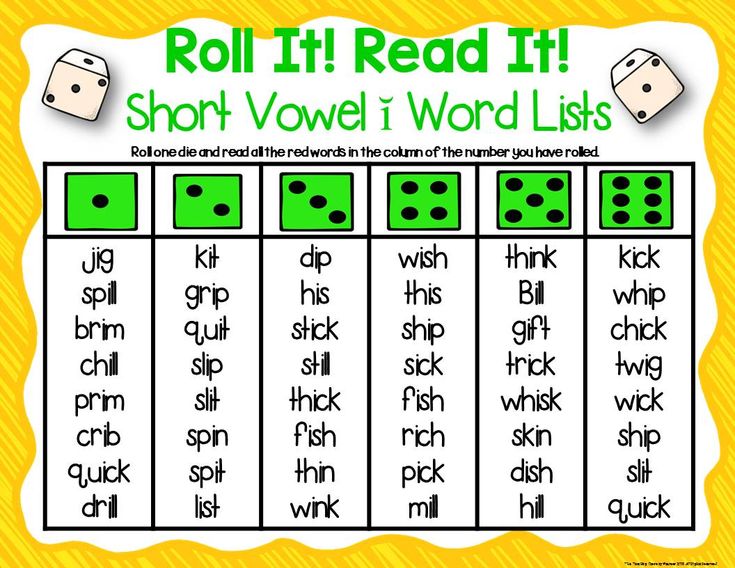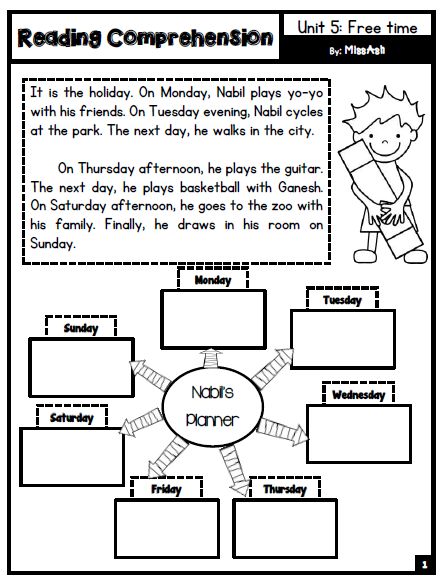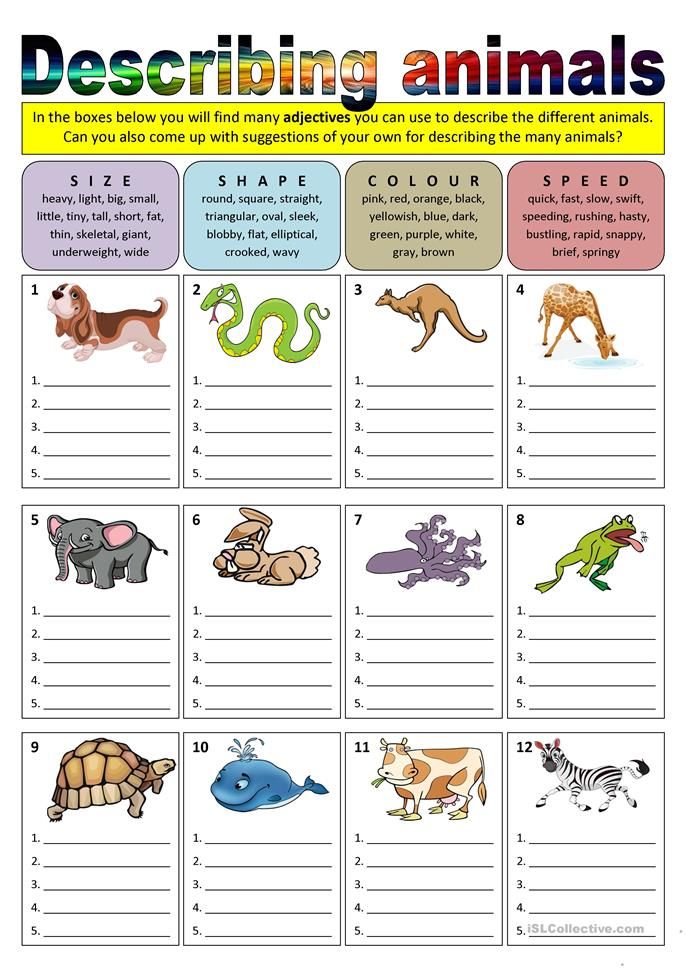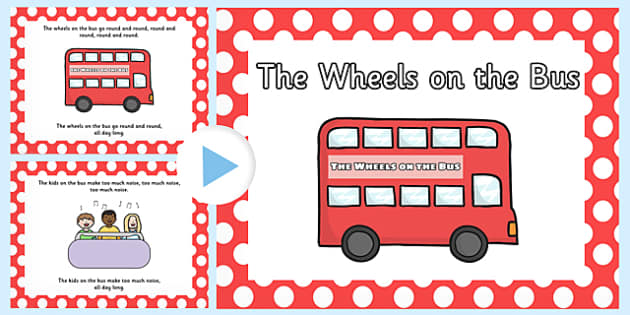How to teach social skills
9 Ways to Teach Social Skills in Your Classroom
Research and experience has told us that having social skills is essential for success in life. Inclusive teachers have always taught, provided and reinforced the use of good social skills in order to include and accommodate for the wide range of students in the classroom.
Essentially, inclusive classrooms are representations of the real world where people of all backgrounds and abilities co-exsist. In fact, there are school disctricts with curriculum specifically for social and emotional development.
Here are some ways in which you can create a more inclusive classroom and support social skill development in your students:
1. Model manners
If you expect your students to learn and display good social skills, then you need to lead by example. A teacher's welcoming and positive attitude sets the tone of behaivor between the students. They learn how to intereact with one another and value individuals. For example, teachers who expect students to use "inside voices" shouldn't be yelling at the class to get their attention.
In other words, practice what you preach.
2. Assign classroom jobs
Assigning classroom jobs to students provides opportunties to demonstrate responsibility, teamwork and leadership. Jobs such as handing out papers, taking attendance, and being a line-leader can highlight a student's strengths and in turn, build confidence. It also helps alleviate your workload! Teachers often rotate class jobs on a weekly or monthly basis, ensuring that every student has an opportunity to participate. Check out this list of classroom jobs for some ideas!
3. Role-play social situations
As any teacher knows, it's important to not only teach the students a concept or lesson but then give them a chance to practice what they have learned. For example, if we teach students how to multiply, then we often provide a worksheet or activity for the students to show us their understanding of mulitiplication. The same holds true for teaching social skills. We need to provide students with opportunities to learn and practice their social skills.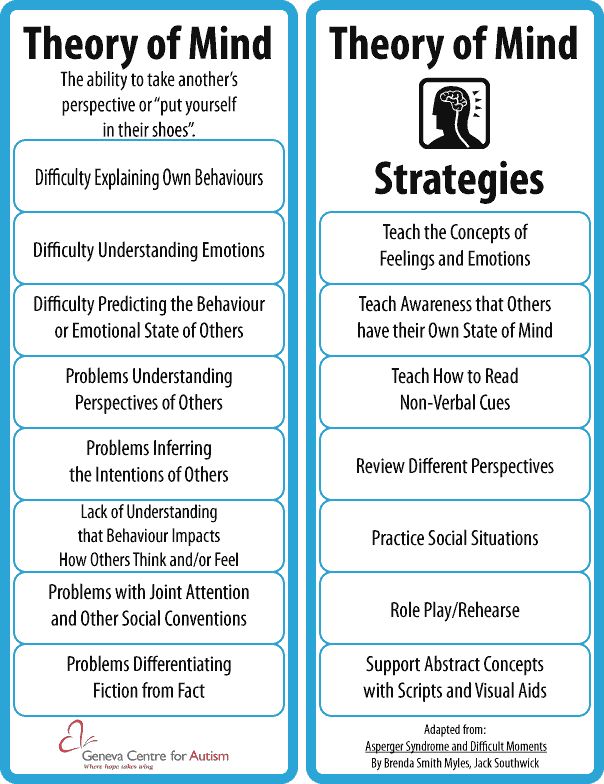 An effective method of practice is through role-playing. Teachers can provide structured scenarios in which the students can act out and offer immediate feedback. For more information on how to set-up and support effective role-playing in your classroom have a look at this resource from Learn Alberta.
An effective method of practice is through role-playing. Teachers can provide structured scenarios in which the students can act out and offer immediate feedback. For more information on how to set-up and support effective role-playing in your classroom have a look at this resource from Learn Alberta.
4. Pen-pals
For years, I arranged for my students to become pen-pals with kids from another school. This activity was a favorite of mine on many different academic levels; most importantly it taught students how to demonstrate social skills through written communication. Particularly valuable for introverted personalities, writing letters gave students time to collect their thoughts. It levelled the playing field for students who had special needs or were non-verbal. I was also able to provide structured sentence frames in which the kids held polite conversation with their pen-pal. Setting up a pen-pal program in your classroom takes some preparation before the letter writing begins.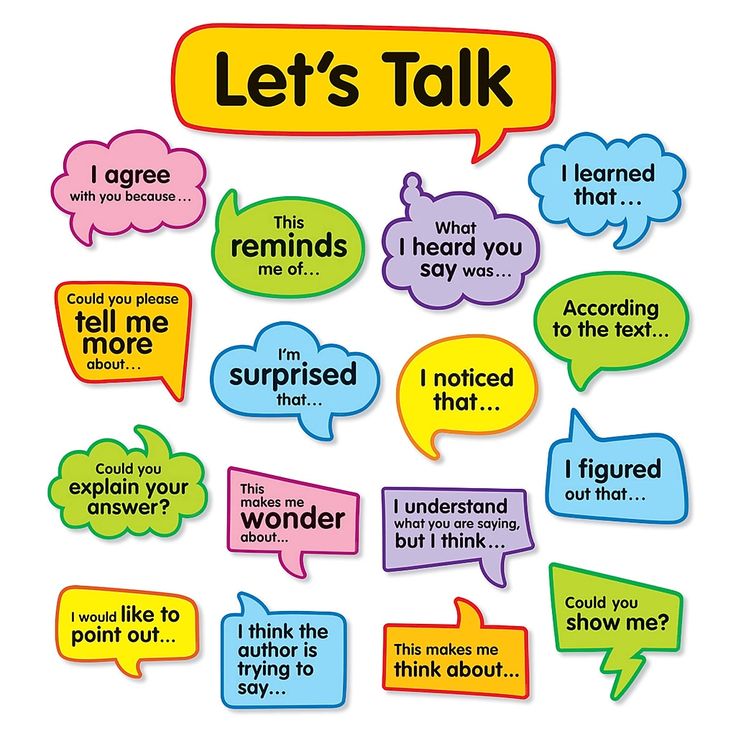 You want to ensure that students have guidelines for content and personal safety. This article, Pen Pals in the 21st Century, from Edutopia will give you some ideas!
You want to ensure that students have guidelines for content and personal safety. This article, Pen Pals in the 21st Century, from Edutopia will give you some ideas!
5. Large and small group activities
In addition to the academic benefits, large and small group activities can give students an opportunity to develop social skills such as teamwork, goal-setting and responsibility. Students are often assigned roles to uphold within the group such as Reporter, Scribe, or Time-Keeper. Sometimes these groups are self-determined and sometimes they are pre-arranged. Used selectively, group work can also help quieter students connect with others, appeals to extroverts, and reinforces respectful behavior. Examples of large group activities are group discussions, group projects and games. Smaller group activities can be used for more detailed assignments or activities. For suggestions on how to use grouping within your classroom, check out this article, Instructional Grouping in the Classroom.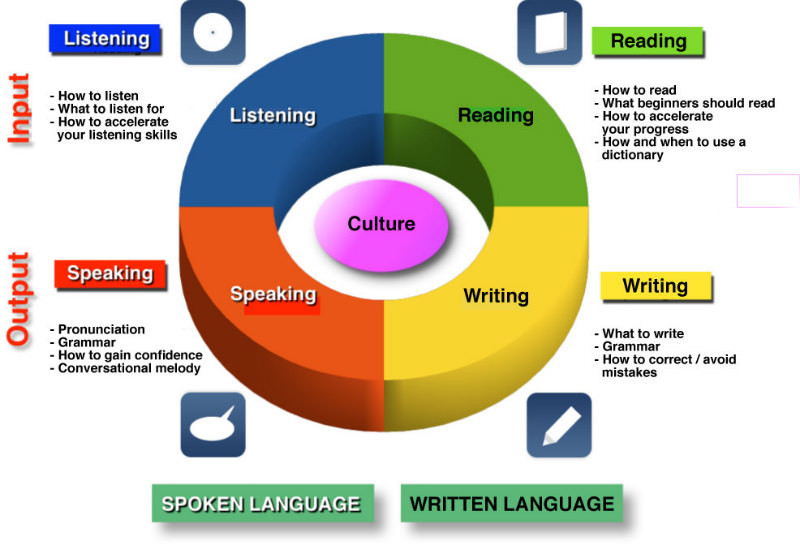
6. Big buddies
We know that learning to interact with peers is a very important social skill. It is just as important to learn how to interact with others who may be younger or older. The Big Buddy system is a great way for students to learn how to communicate with and respect different age groups. Often an older class will pair up with a younger class for an art project, reading time or games. Again, this type of activity needs to be pre-planned and carefully designed with student's strengths and interests in mind. Usually, classroom teachers meet ahead of time to create pairings of students and to prepare a structured activity. There is also time set aside for the teacher to set guidelines for interaction and ideas for conversation topics. Entire schools have also implemented buddy programs to enrich their student's lives. Here is an article that offers tips on how to start a reading buddy program.
7. Class stories
There are dozens of stories for kids that teach social skills in direct or inadvertant ways.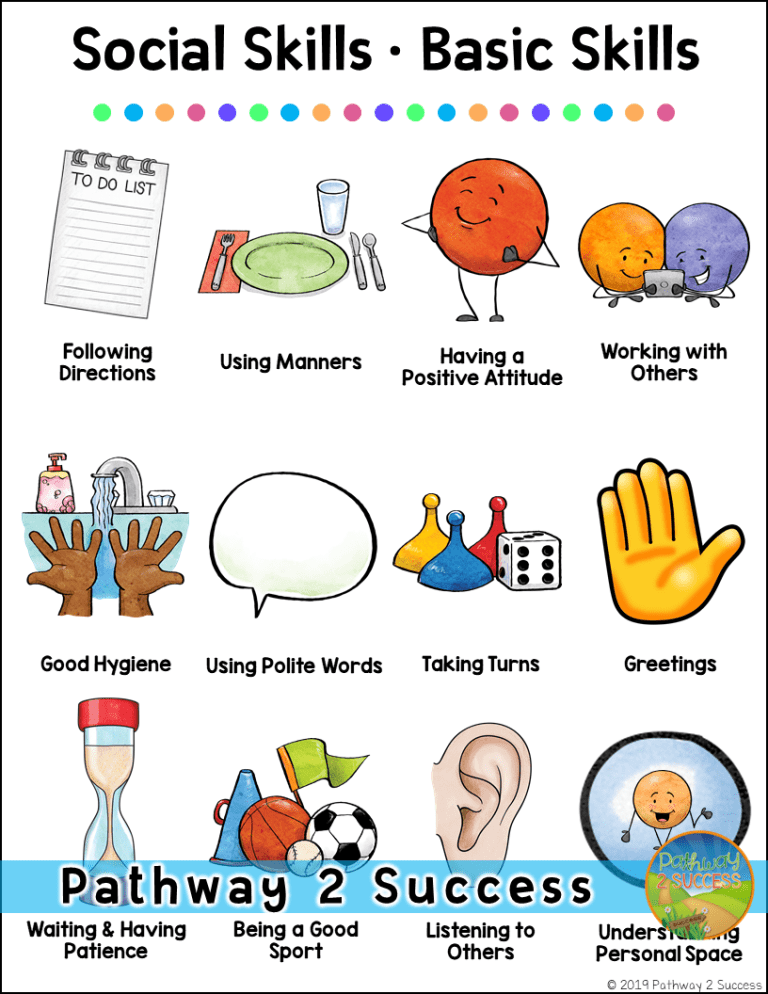 Find strategies to incoporate these stories in your class programs. You can set aside some time each day to read-aloud a story to the entire class or use a story to teach a lesson. Better yet, have your class write their own stories with characters who display certain character traits.
Find strategies to incoporate these stories in your class programs. You can set aside some time each day to read-aloud a story to the entire class or use a story to teach a lesson. Better yet, have your class write their own stories with characters who display certain character traits.
8. Class meeting
Class Meetings are a wonderful way to teach students how to be diplomatic, show leadership, solve problems and take responsibility. They are usually held weekly and are a time for students to discuss current classroom events and issues. Successful and productive meetings involve discussions centered around classroom concerns and not individual problems. In addition, it reinforces the value that each person brings to the class. Before a class meeting, teachers can provide the students with group guidelines for behavior, prompts, and sentence frames to facilitate meaningful conversation. Here is a great article, Class Meetings: A Democratic Approach to Classroom Management, from Education World that describes the purpose and attributes of a class meeting.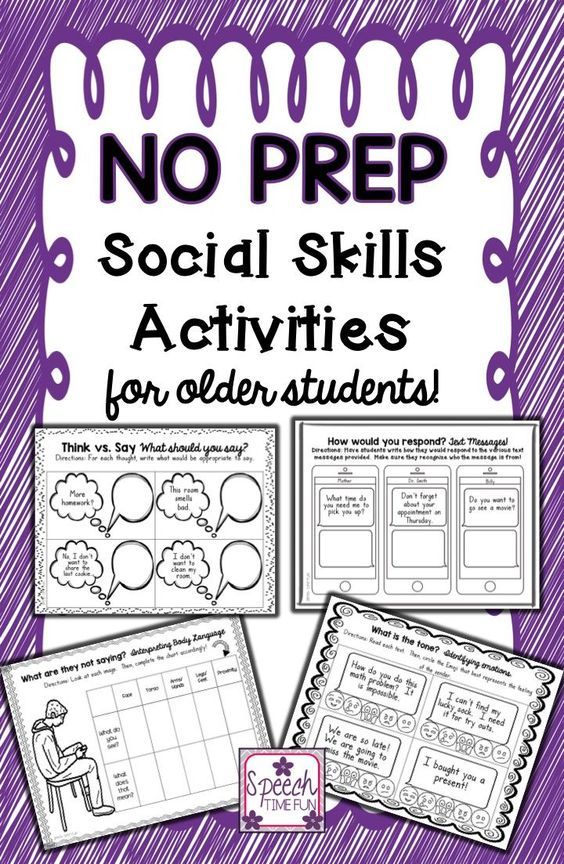
9. Explicit instruction
Finally, teachers can carve out a time in their curriculum to directly teach social skills to their students. Research-based programs such as Second Step provide teachers and schools with explicit lessons for social development. These programs can provide schools and classrooms with a common language, set of behavior expectations, and goals for the future. I have used programs such as Second Step in my classrooms with much success!
Nicole Eredics is an educator who specializes in the inclusion of students with disabilities in the general education classroom. She draws upon her years of experience as a full inclusion teacher to write, speak, and consult on the topic of inclusive education to various national and international organizations. She specializes in giving practical and easy-to-use solutions for inclusion. Nicole is creator of The Inclusive Class blog and author of a new guidebook for teachers and parents called, Inclusion in Action: Practical Strategies to Modify Your Curriculum. For more information about Nicole and all her work, visit her website.
For more information about Nicole and all her work, visit her website.
Related Topics
Social and Emotional Learning
How to Teach Social Skills, Step by Step
Seating students together is not enough to ensure teamwork. Many kids have very little idea how to interact appropriately with their classmates. They simply lack the social skills needed to perform the most basic cooperative learning tasks. Lack of social skills is probably the biggest factor contributing to lack of academic success in teams. Fortunately, social skills can be taught just like academic skills. If you use a systematic approach like the one described below, you’ll find that your students CAN learn how to interact appropriately and become productive team members.
Listen to the Podcast: How to Teach Social Skills for Working Together
For more information about how to teach social skills, listen to Episode 7 of my Inspired Teaching Made Easy podcast below.
Six Step Process for Teaching Social Skills
1.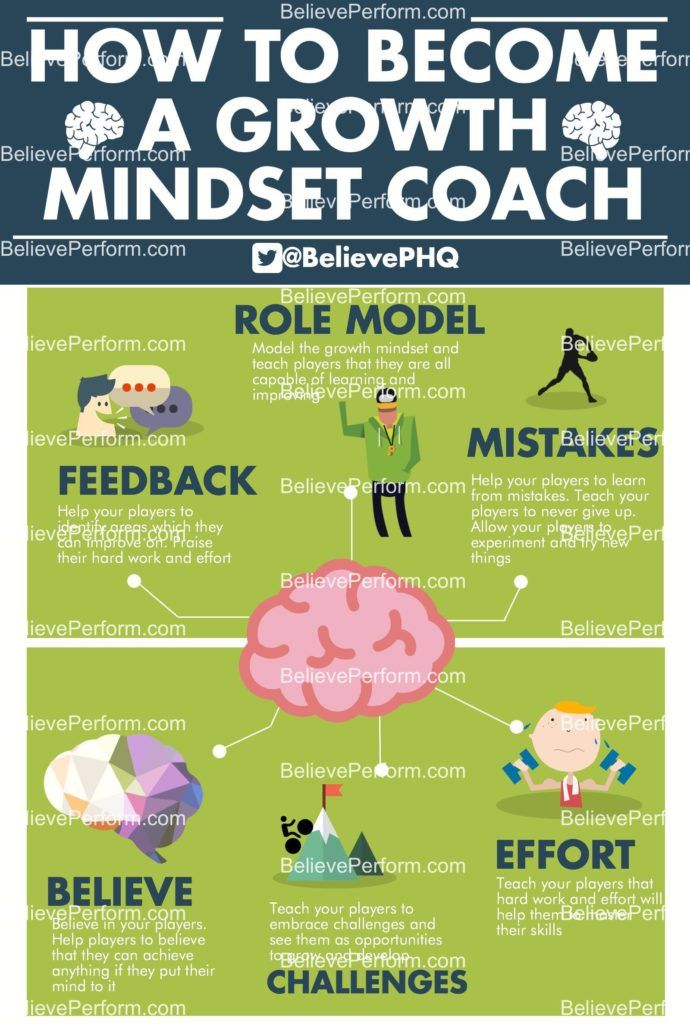 Discuss the Need for Social Skills
Discuss the Need for Social Skills
Before you can help students improve their social skills, they need to understand why these skills are important. You might begin by asking your students to think about problems they may have experienced when working in groups, such as team members not listening to each other or not taking turns. Explain that most of these problems are caused by poor “social skills,” sometimes known as “people skills.” You might even mention that sometimes adults need to work on their social skills, too! Brainstorm a list of social skills that might make it easier for students to work together in teams. If they can’t think of any social skills for working together, share some of the suggestions from the list below.
2. Select a Social Skill
Even though your students may need to work on several different social skills, it’s best to focus on just one skill at a time. You can start with the skill you feel is most important, or you can let your class decide which skill they need to work on at a given time.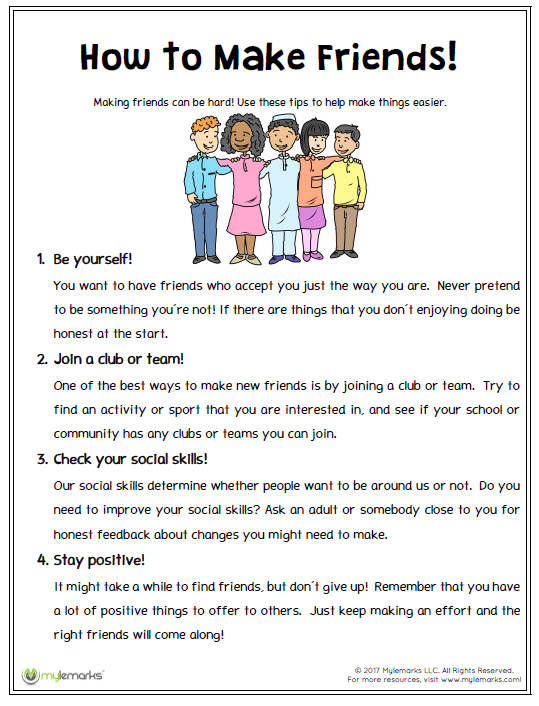 I like to start with “Praising,” which might also be stated as “Showing Appreciation,” because when kids master this skill, all of the other skills are easier to learn.
I like to start with “Praising,” which might also be stated as “Showing Appreciation,” because when kids master this skill, all of the other skills are easier to learn.
3. Teach the Social Skill
Step 3 is to teach the skill explicitly so that your students know exactly what to do and what to say in order to master the social skill. For this part of the lesson, you can use the Working Together Skills T-chart below by projecting it on a whiteboard or drawing it on anchor chart paper.
Write the name of the social skill in the box at the top of the Working Together Skills chart. Then ask your students to help you brainstorm what they might do and what they might say when demonstrating the social skill. Write what they might DO under the Looks Like heading because this is what the skill looks like when it is demonstrated. Write the words they might SAY under the Sounds Like heading because this is what the skill might sound like to someone who is observing the activity.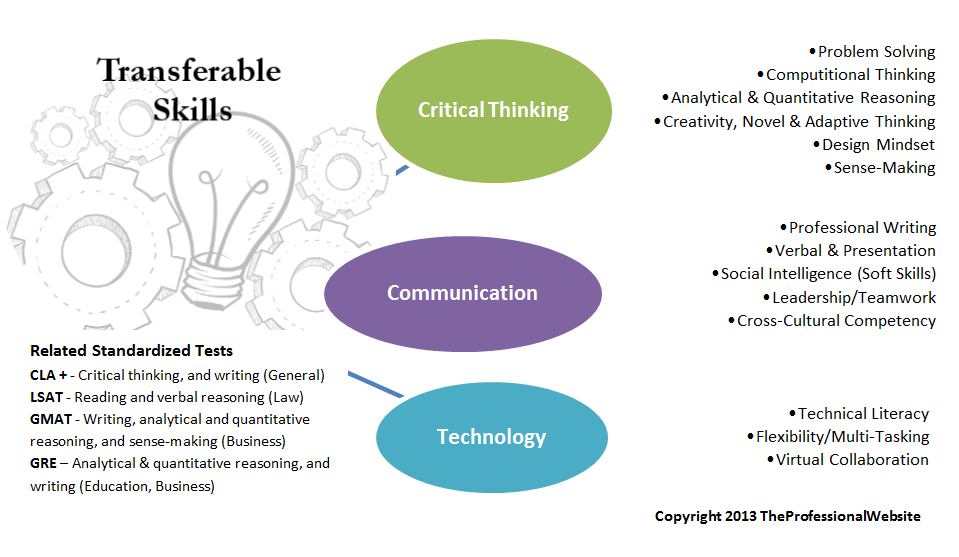
Examples for the social skill of Praising:
Looks Like: Thumbs up, Clapping, Smiling
Sounds Like: Terrific! I knew you could do it! Way to go! I like the way you…
4. Practice the Skill
After you complete the Working Together Skills chart with your students, it’s important to have them practice the skill right away by participating in a structured cooperative learning activity. For example, if you taught Active Listening as the social skill, you might follow up with a team discussion activity in which students take turns answering questions or sharing ideas around the team. Here a a few suggestions for cooperative learning structures you can use to practice specific social skills:
Social Skills and Cooperative Learning Structures
| Social Skills | Structures for Practice* |
| Active Listening | Roundrobin, Think-Pair-Share, Mix-Freeze-Pair |
| Praising | Rallytable, Roundtable, Pairs Check, Showdown |
| Taking Turns | Rallytable, Pairs Check, Roundtable |
| Using Quiet Voices | Think-Pair-Share, Numbered Heads Together, Showdown |
| Staying on Task | Rallytable, Roundtable, Pairs Check, Showdown, Mix-N-Match |
| Helping or Coaching | Rallytable, Pairs Check, Showdown, Mix-N-Match |
| Using Names | Mix-N-Match, Mix-Freeze-Pair, Showdown |
 Spencer Kagan’s book, Cooperative Learning. Spencer Kagan’s book, Cooperative Learning. | |
5. Pause and Reflect
Sometime during the practice activity, use an attention signal to stop the class. Ask them to think about how they’ve been using the social skill. If you have observed teams or individuals doing a good job with the skill, share your observations with the class. Challenge students to continue to work on their use of the social skill as they complete the activity. Refer to your Working Together Skills T-chart if students have forgotten what the skill Looks Like and Sounds Like.
6. Review and Reflect
At the end of the activity, reflect again on how well the social skills were used. Take a few minutes to discuss the positive interactions that were happening, and aspects of the social skill that still need work. This is a also a perfect opportunity for personal journal writing and reflections. Consider these writing prompts:
- How well was the social skill being used on your team? What specific examples do you remember?
- How did you personally use the social skill? What did you do and/or say? To whom?
- How might you improve in using this skill next time?
By the way, it’s not necessary to follow all six steps every time you teach a new social skill.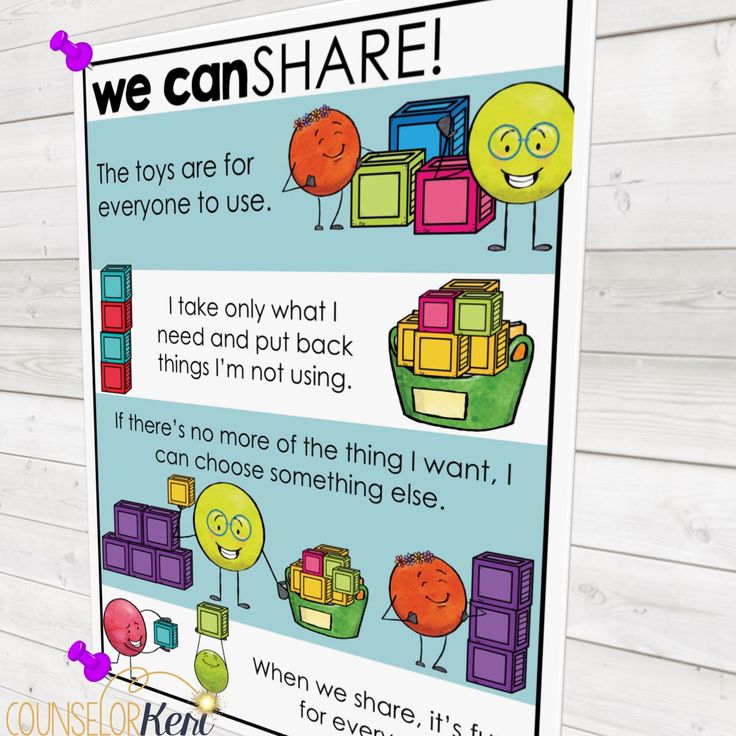 The most important elements are explicitly teaching of the skill and immediately following the instruction with a cooperative activity to practice the skill. The reflection steps are important and should be included as often as possible, too.
The most important elements are explicitly teaching of the skill and immediately following the instruction with a cooperative activity to practice the skill. The reflection steps are important and should be included as often as possible, too.
Modification for Younger Students
Younger students or special needs students could benefit from watching an excellent video created by Model Me Kids called Time for School. This video shows students exactly how to perform specific social skills. Even if you don’t use the video with your students, you might be interested in viewing it yourself to see how social skills can be broken down into steps and taught. If the video is appropriate for your students, they could watch it before completing the Working Together Skills chart above.
How to develop social intelligence in a child: 7 tips from a psychologist
Publishing house "Alpina Publisher" 123007, Moscow, st.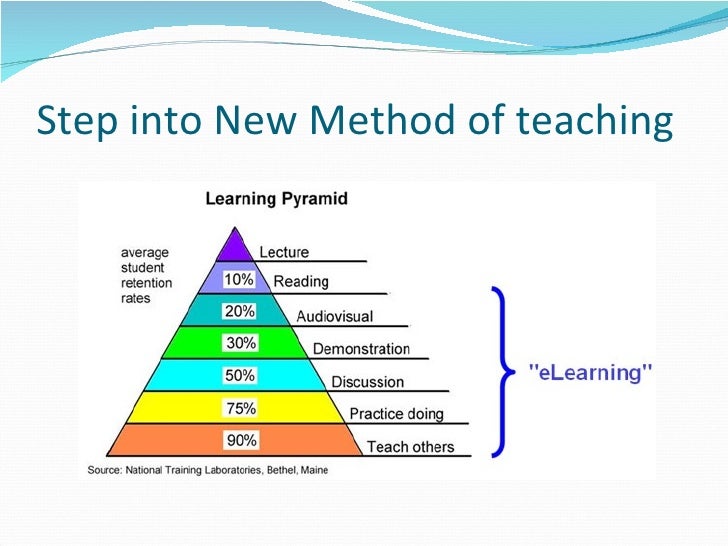 4th Magistralnaya, 5, building 1 +74951200704
4th Magistralnaya, 5, building 1 +74951200704
next article
December 13, 2017
2455 views
6 minutes to read
Success in life is often achieved by people from whom neither teachers nor parents expected it. “A bully, a slacker, a C student” suddenly turns out to be much more successful than his classmates, who spent all their childhood sitting at textbooks. The answer is not in "accidental luck" or "happy fate", but in social intelligence. Our social adaptation, the ability to understand people and, ultimately, success depend on how developed it is. nine0003
Social intelligence, unlike formal intelligence, can be developed. And it is better to start doing this from an early age. How exactly?
- Pay attention to who and how the child communicates. To begin with, we need to take the most objective position and look at the child's social circle. Where and with whom does he spend his free time? Does he have real (and not virtual) friends with whom he meets regularly, visits them? Does he have the opportunity to choose friends on his own? Or do we conduct a thorough audit of his acquaintances and, in an attempt to protect him from bad influence, we forbid him to communicate with "unequal", "bad" boys and girls? Does he know how to get out of difficult situations, resolve conflicts, or does he run to his parents for help? nine0020
- Expand the child's social circle.
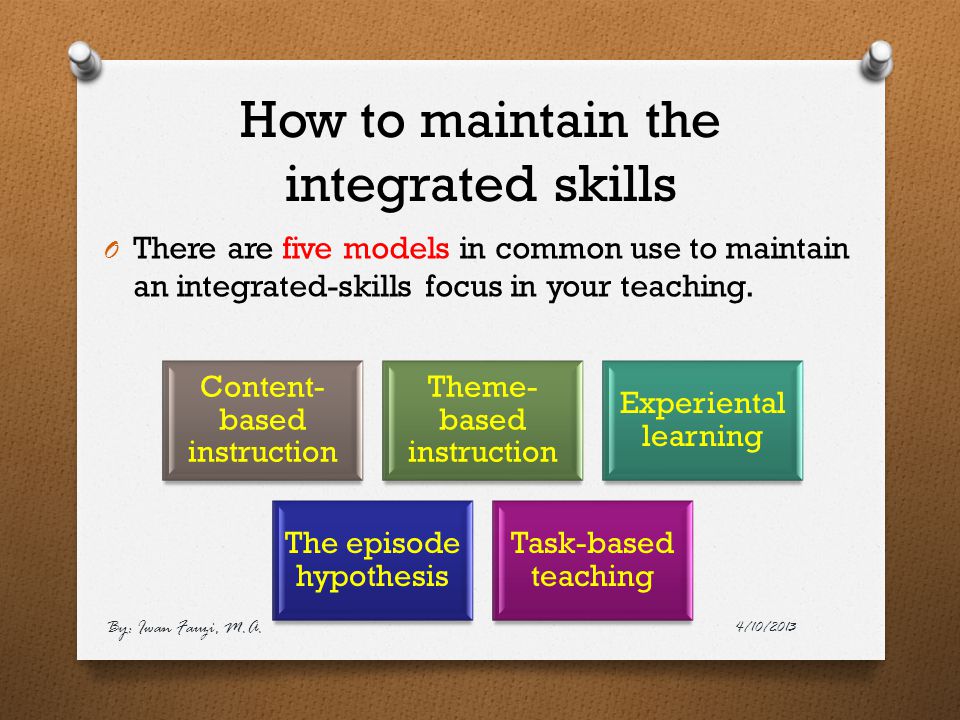 By limiting the child's contacts, we inhibit the development of his social skills. Growing up, he goes out into the world, not understanding how to live in it and how to interact with people who live in this world. There is a rule in aikido training: each athlete must work out the same technique with the maximum number of sparring partners, because with each of them it will be a little different - the athlete learns to see the strengths and feel for the weaknesses of the opponent, adapt to his height , weight, speed, and at the same time find their advantages. That is why the child must communicate with people of different ages, different material wealth and cultural levels. He must practice his social skills. nine0020
By limiting the child's contacts, we inhibit the development of his social skills. Growing up, he goes out into the world, not understanding how to live in it and how to interact with people who live in this world. There is a rule in aikido training: each athlete must work out the same technique with the maximum number of sparring partners, because with each of them it will be a little different - the athlete learns to see the strengths and feel for the weaknesses of the opponent, adapt to his height , weight, speed, and at the same time find their advantages. That is why the child must communicate with people of different ages, different material wealth and cultural levels. He must practice his social skills. nine0020 - Give experience of various social situations. Relationships with people are always a risk. We are all different, someone likes you, and someone annoys and repels you. Someone can treat you kindly, and someone can intrigue. For full development, children need unplanned, unexpected, sometimes even conflict situations.
 The experience of getting into and out of such situations helps to develop social immunity. The child got into a fight - let's not rush to figure out who is right and who is wrong. It’s better to ask him what happened, and together we will discuss how it was possible to resolve the conflict peacefully and how to behave in the future. nine0020
The experience of getting into and out of such situations helps to develop social immunity. The child got into a fight - let's not rush to figure out who is right and who is wrong. It’s better to ask him what happened, and together we will discuss how it was possible to resolve the conflict peacefully and how to behave in the future. nine0020 - Use social equipment. Even if a child is driven in a car with a personal driver, it is useful for him to take a ride on the subway or tram from time to time. Traveling by public transport is an ideal option for practicing social skills. Despite the apparent simplicity, even the ability to correctly find a place in the cabin is developed gradually. Which one is considered good? The place where we do not interfere with others and no one interferes with us, from where you can clearly see what is happening around. The task of “squeezing between people” is solved much easier if you turn to your neighbors with the words: “Are you not going out now? Please let me pass!” The child learns from experience that words are much more effective than brute force.
 nine0020
nine0020 - Teach communication boundaries. For successful social interaction, it is very important for a child to learn to understand the boundaries of the personal space of other people and try not to violate them. This is especially true for the boundaries of strangers - in public places, on the street, in a restaurant, on an airplane, on a train. For example, a child rushes screaming around the restaurant from table to table - you need to stop him and say that he is bothering everyone. And if he does not understand, punishment should follow. Demanding compliance with external boundaries, we thereby give impetus to the formation of internal self-control, that is, the ability to monitor ourselves, cope with our impulses, emotional outbursts. nine0020
- Learn to understand your feelings and the feelings of other people. Life sets tasks for the child, for the fulfillment of which it is necessary to achieve something from people with different views, values and characters.
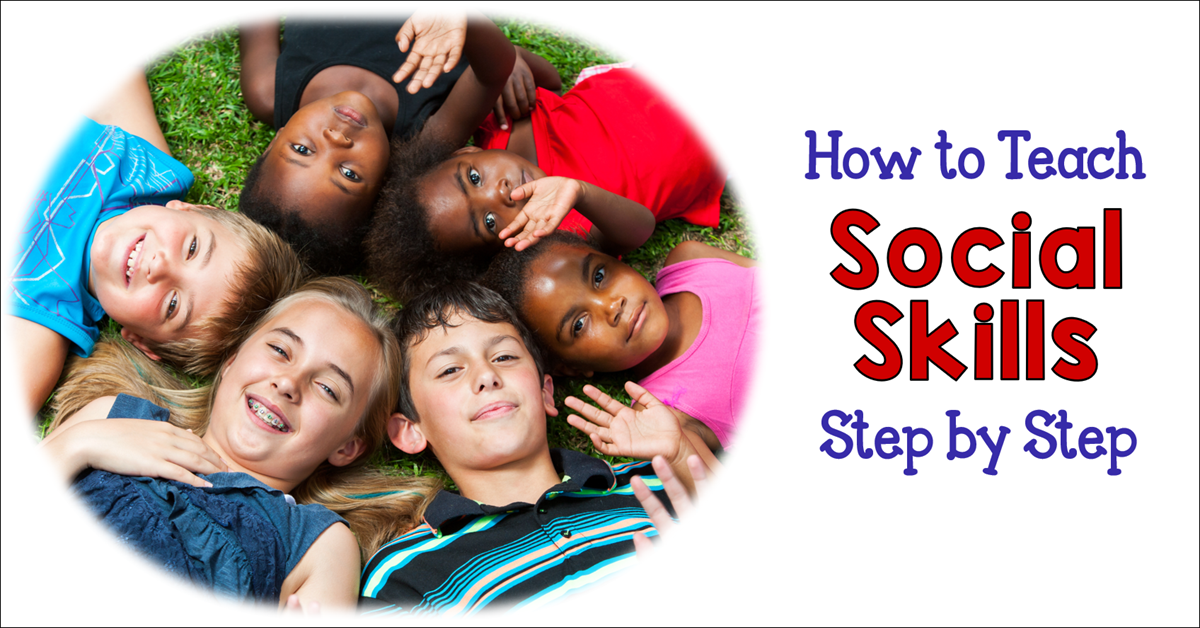 To successfully cope with these tasks, it is necessary to be able to understand and anticipate the behavior of other people, evaluate their motivation, intentions and determine who can be trusted and who cannot. But often we ourselves do not know what we feel - resentment or anger, annoyance with ourselves or envy of another, joy or satisfaction. The ability to recognize your feelings is a very useful skill. Only by learning to understand our feelings can we learn to empathize, that is, to understand the feelings of other people. nine0020
To successfully cope with these tasks, it is necessary to be able to understand and anticipate the behavior of other people, evaluate their motivation, intentions and determine who can be trusted and who cannot. But often we ourselves do not know what we feel - resentment or anger, annoyance with ourselves or envy of another, joy or satisfaction. The ability to recognize your feelings is a very useful skill. Only by learning to understand our feelings can we learn to empathize, that is, to understand the feelings of other people. nine0020 - Teach the child to respond adequately in various communication situations. In the big world, the child will have to solve his own problems, win a place under the sun, determine who is a friend and who is not. Somewhere you have to step aside, somewhere you need to agree and compromise, somewhere you need to actively insist on your own and directly express your opinion. To do this, the child's arsenal should have many ways to respond and cope with different situations.
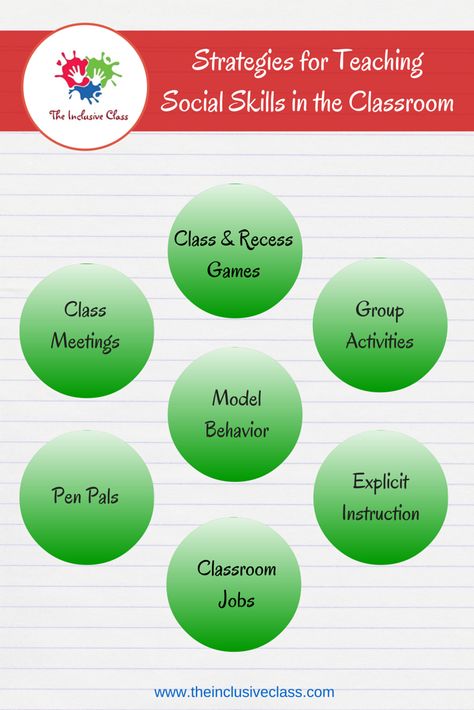 The more diverse the child's experience, the more rehearsals he had, the more convincingly he will play the performance called "life". nine0020
The more diverse the child's experience, the more rehearsals he had, the more convincingly he will play the performance called "life". nine0020
Our poor rich children
Marina Melia
Cover with valves
Out of stock
More
Issue
The most interesting thing is in your mail.
We send a digest of the best articles every two weeks.
By completing this form, I confirm that that I have read the Rules of the site, and I consent to the processing personal data. nine0003
reCAPTCHA is used in accordance with the Google Policies and Terms of Use.
Thank you for subscribing!
See also
How to bring up initiative in a child: 7 tips from a psychologist
See also
How to talk to a child to make contact
See also
"Silver Spoon Syndrome": we gave the child everything, but he is not happy
When copying materials, place
an active link to www.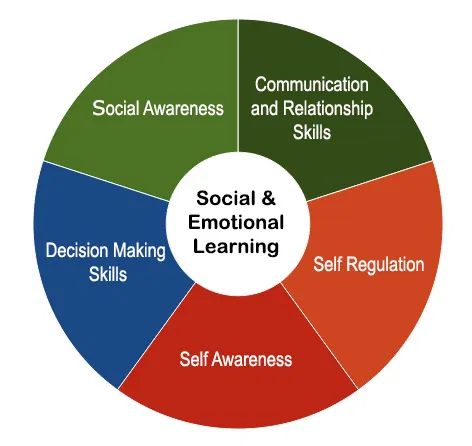 alpinabook.ru
alpinabook.ru
Social skills of preschoolers - the development of social skills in children
The development of social skills is a necessary point of education. A child with a high degree of socialization will quickly get used to kindergarten, school, any new team; in the future will easily find a job. Social skills have a positive effect on interpersonal relationships - friendship, the ability to cooperate. nine0003
Understand what social skills are.
What are social skills and why develop them?
Social skills - a group of skills, abilities that are formed during the interaction of a person with society and affect the quality of communication with people.
Man is a social being: all our talents and aspirations are realized thanks to other members of the group. Others evaluate our actions, approve or condemn our behavior. It is difficult to reach the pinnacle of self-actualization alone. nine0003
This is why social skills are important. They should be developed from early childhood and honed throughout life.
They should be developed from early childhood and honed throughout life.
Social skills are a reflection of the child's emotional intelligence, to which educators and teachers assign an important role in the process of personality development. Without this group of skills, a smart child will not be able to apply the acquired knowledge in practice: it is not enough to create something outstanding, you need to be able to correctly convey thoughts to the public.
Sometimes people mistakenly believe that social skills relate exclusively to the topic of communication, communication. In fact, skills include many multidirectional aspects: an adequate perception of one's own individuality, the ability to empathize, work in a team, etc.
Why do we need social skills?
- Regulate the area of interpersonal relationships: the child easily makes new friends, finds like-minded people.
- Minimize psychological stress: children with developed social skills quickly adapt, do not feel sad due to changes in external circumstances.
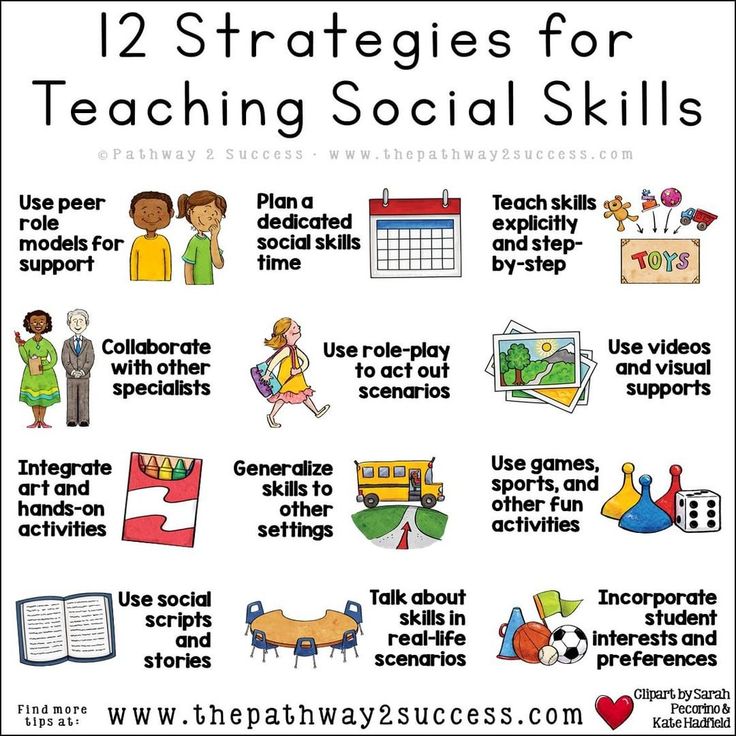
- They form an adequate self-esteem from childhood, which positively affects life achievements and development in adulthood.
- Social skills cannot be separated from building a successful career: the best specialists must not only understand the profession, but also have high emotional intelligence. nine0020
Development of social skills in a child
Social skills need to be developed from preschool age, but older children and even teenagers may well learn to interact with the world.
It is recommended to pay attention to areas of life that bring discomfort to the child, significantly complicate everyday life.
- Friends, interesting interlocutors: the kid does not know how to join the team, he prefers to sit in the corner while the others play.
- Verbal difficulties. The child does not understand the rules of conversation, is poorly versed in the formulas of etiquette (when you need to say hello, say goodbye, offer help).
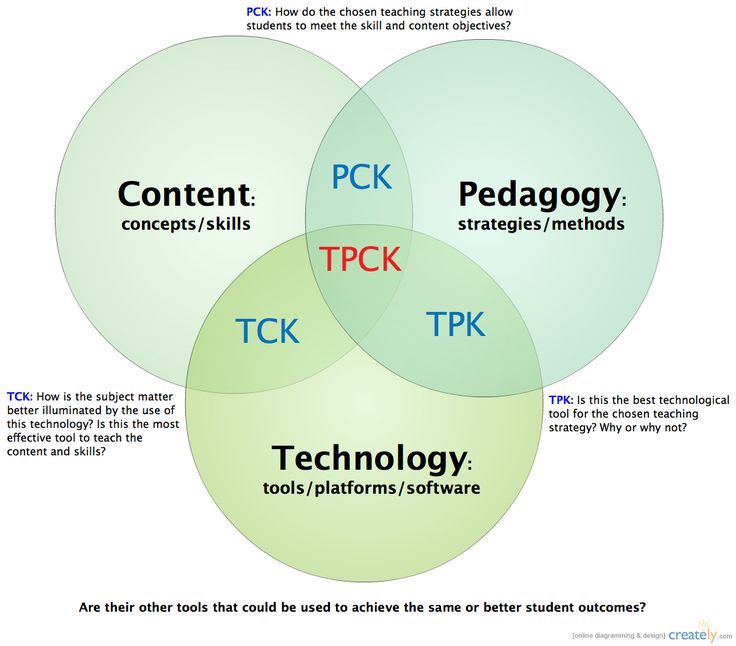 nine0020
nine0020 - Problems with the non-verbal side of communication. Such a baby does not recognize the shades of emotions, it is difficult to understand how others relate to him. Cannot "read" faces and gestures.
- Does not know the measure in expressing a point of view: too passive or, conversely, aggressive.
- The child bullies classmates (participates in bullying) or is a victim.
In case of severe moral trauma, one should consult a psychologist: for example, school bullying is a complex problem that children are not able to cope with on their own. The involvement of parents and teachers is required. nine0003
In other cases, family members may well be able to help the child develop social skills.
What are the general recommendations?
1. Be patient
Don't push your child to get the job done. Let them take the initiative: for example, do not rush to help during school gatherings, let the baby work on the problem on his own.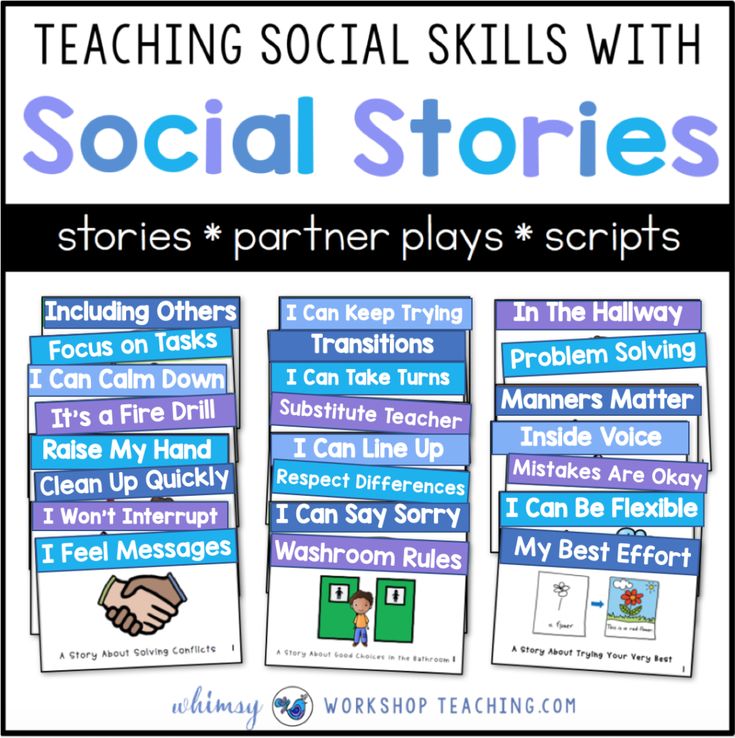 The same goes for lessons and other activities.
The same goes for lessons and other activities.
2. Support undertakings
Children's dreams seem trifling to adults, but the initiative turns into a habit over the years and helps to discover new projects, meet people, and experiment. nine0003
3. Criticize the right way
When making negative comments, remember the golden rule of criticism: you need to analyze the work, highlighting both positive and negative aspects in a polite manner. Commenting on the specific actions of the child, and not his personality or appearance - this will lead to problems with self-esteem.
4. The right to choose
It is important for children to feel that their voice is taken into account and influences the course of events. Invite your child to personally choose clothes, books, cartoons. Ask about ideas, plans: “We are going to have a rest together at the weekend. What are your suggestions? nine0003
5. Personal space
Make sure that the baby has a place where he can be alone and take a break from talking.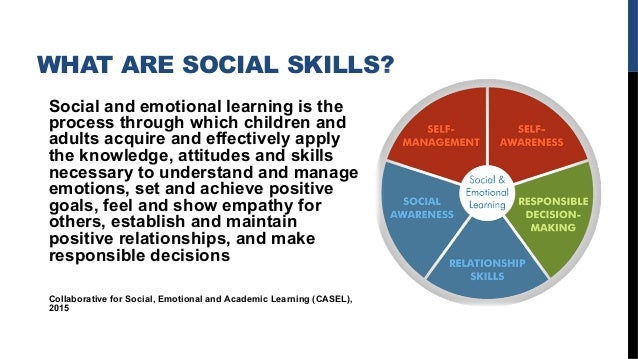 Personal things should not be touched: rearrange without prior discussion, read correspondence with friends, check pockets, etc.
Personal things should not be touched: rearrange without prior discussion, read correspondence with friends, check pockets, etc.
Children, noticing the respectful attitude of adults, quickly begin to pay in the same coin; the atmosphere in the family becomes warm and trusting.
What social skills should be developed in a child? nine0089
Let's dwell on the main qualities and skills, the development of which is worth paying attention to.
1. The ability to ask, accept and give help
Without the ability to ask for help, the child will deprive himself of valuable advice; the lack of the ability to accept help will lead to losses, and the inability to provide help will make the baby self-centered.
- Let the child help those in need: for example, a lagging classmate.
- Explain to your child that getting help from friends and teachers is not a shame. nine0020
- Show by personal example that mutual help enriches experience: tell how you exchange advice with colleagues, friends.
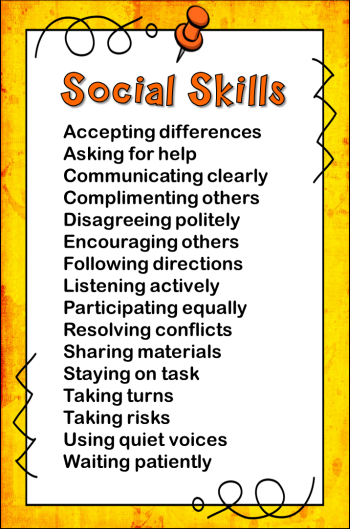
2. The ability to conduct a conversation and get the right information
Being a good conversationalist is difficult, but the skill is honed over time and brings a lot of benefits.
- Prompt the child for dialogue development options: for example, you can start a conversation with an appropriate question, a request for help.
- Do not leave the child in the role of a silent listener: when discussing pressing issues at home, ask the opinion of the baby. nine0020
- Support children's public speaking: reports at school, performances, funny stories surrounded by loved ones will add confidence.
3. Empathy
Empathy is the ability to recognize the emotions of others, put yourself in the place of another person, empathize.
This ability will make the child humane, prudent. How can it be developed?
- Start by recognizing the child's feelings - it is useless to listen to people if the person does not feel personal feelings.
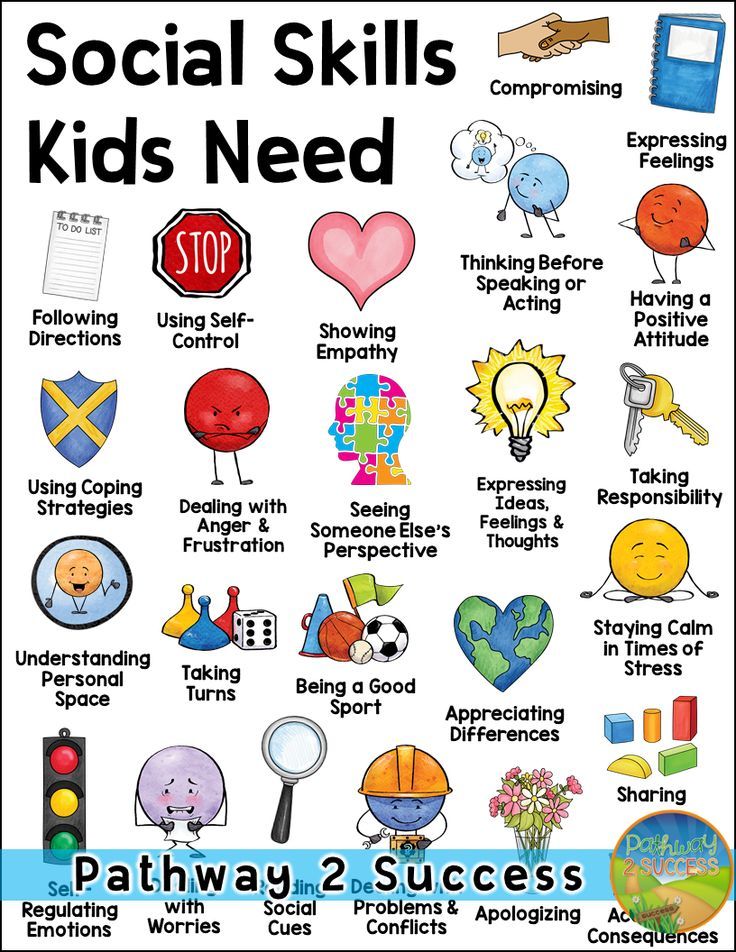 Ask your baby: “How do you feel after a quarrel with friends?”, “Do you want to relax today?” nine0020
Ask your baby: “How do you feel after a quarrel with friends?”, “Do you want to relax today?” nine0020 - After conflicts with classmates, ask your child how the children with whom the quarrel may feel now.
- While watching cartoons, reading books, pay your child's attention to the emotional state of the characters.
4. Ability to work in a team
Many children can easily cope with tasks alone, but this is not a reason to refuse to work in a team. It gives the opportunity to exchange ideas and experience, delegate tasks, achieve goals faster and more efficiently. nine0003
- If the child does not communicate with members of the team, try to introduce him to another social group: for example, the lack of communication with classmates can be compensated by a circle of interests, where the child will feel calmer.
- Make the family a friendly team in which the child has his own "duties": for example, do housework, remind parents of upcoming events.
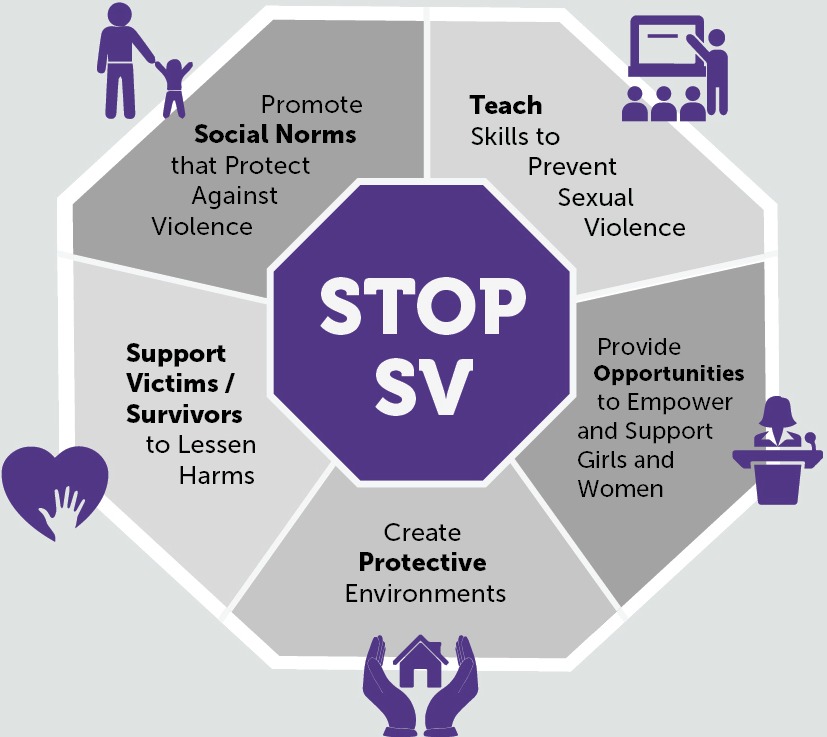 Any activity related to the well-being of other family members will do. nine0179
Any activity related to the well-being of other family members will do. nine0179 - Respect the child's personal boundaries: do not enter the nursery without warning, do not rummage through personal belongings and correspondence, if the life and safety of the baby is not at stake.
- If the child violates other people's boundaries (takes toys without permission, asks uncomfortable questions), talk about it in private.
- Talk about problems calmly, without raising your voice. Do not put pressure on the child with parental authority unnecessarily: the child is a separate person who has the right to an opinion.
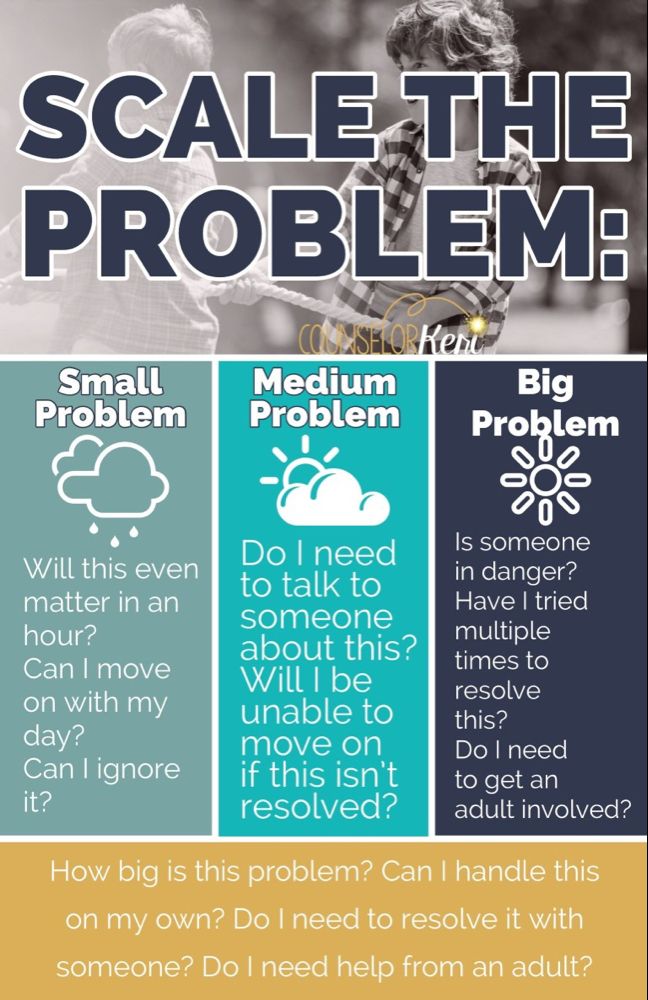
- Do not judge people for views that differ from those of your family but do not affect your well-being. Show your child that the world is very different. nine0020
- You can demonstrate to children the basics of a civilized dispute, explain what arguments are, etc. It is advisable to teach this child in kindergarten.
- Praise your child for personal progress: to receive a compliment from parents, it is not necessary to win prizes in school competitions.
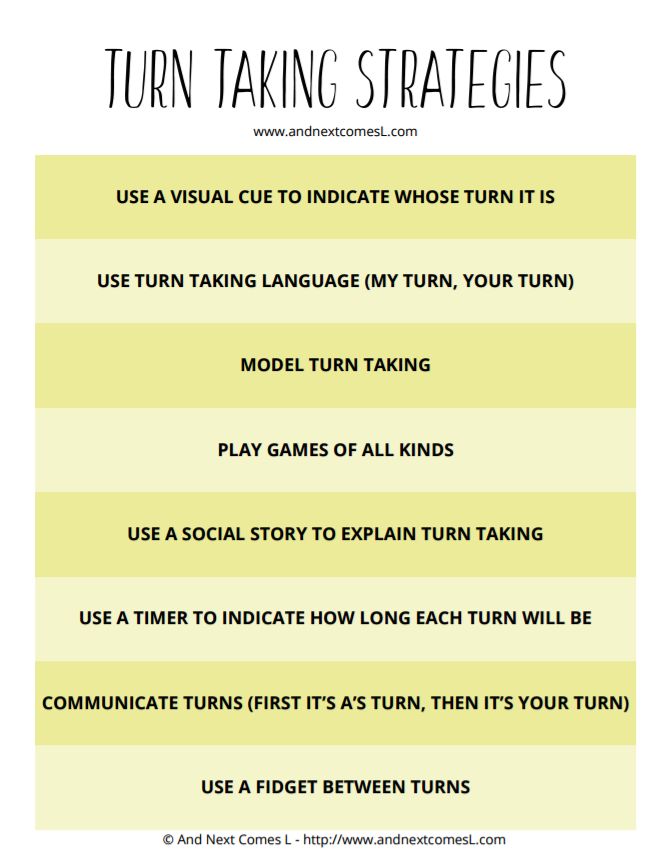
Learn more
5. Respect for personal boundaries
The absence of an obsessive desire to interfere in other people's lives is a valuable skill that helps to win people's sympathy.
6. Ability to overcome conflict situations
It is difficult to imagine our life without conflicts. The task of the child is to learn how to culturally enter into a discussion, defend his point of view, and not be led by the provocations of his interlocutors.
7. Self-confidence
Stable and adequate self-esteem is a quality that not all adults possess.
It is formed under the influence of many factors: relationships between parents, the role of the child in the family circle, the characteristics of the environment that surrounded the child in early childhood.
It is important that the child does not grow up to be either a narcissistic narcissist with fragile self-esteem, or an overly shy person. How can you help your child find balance?



